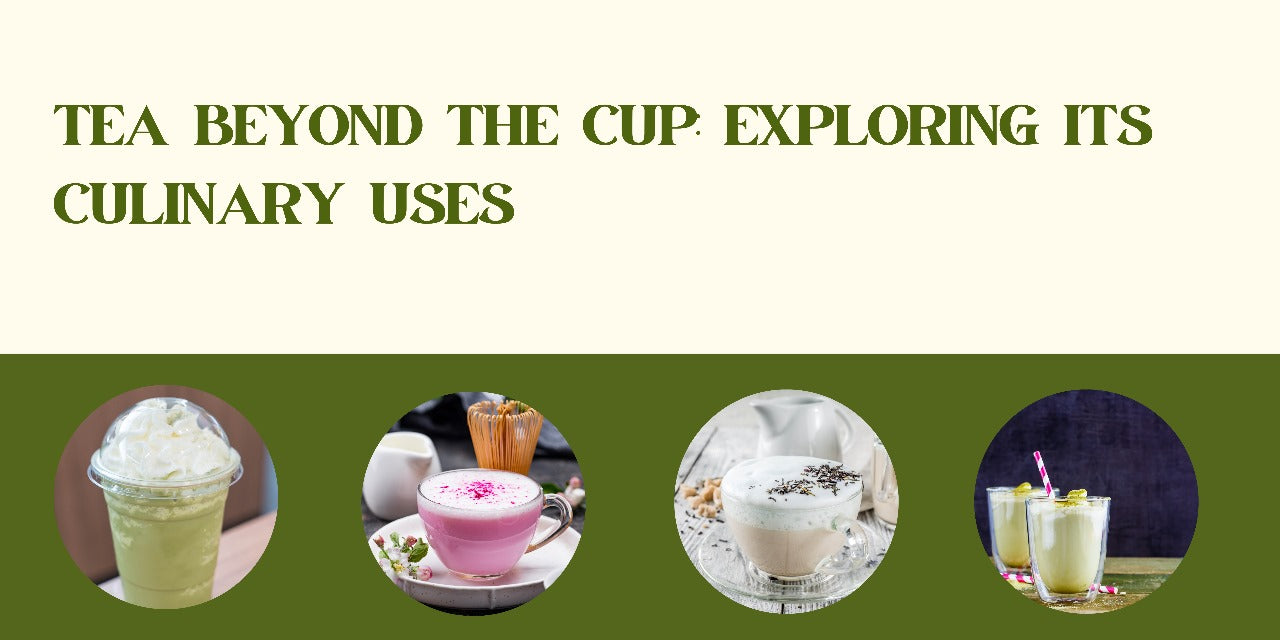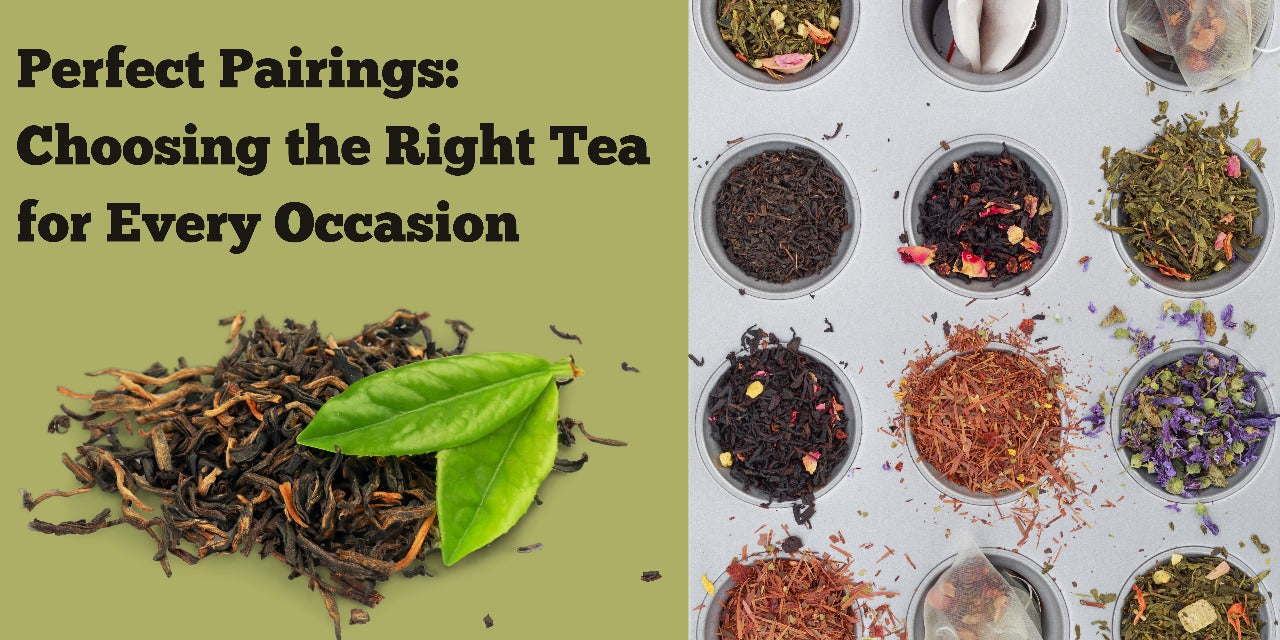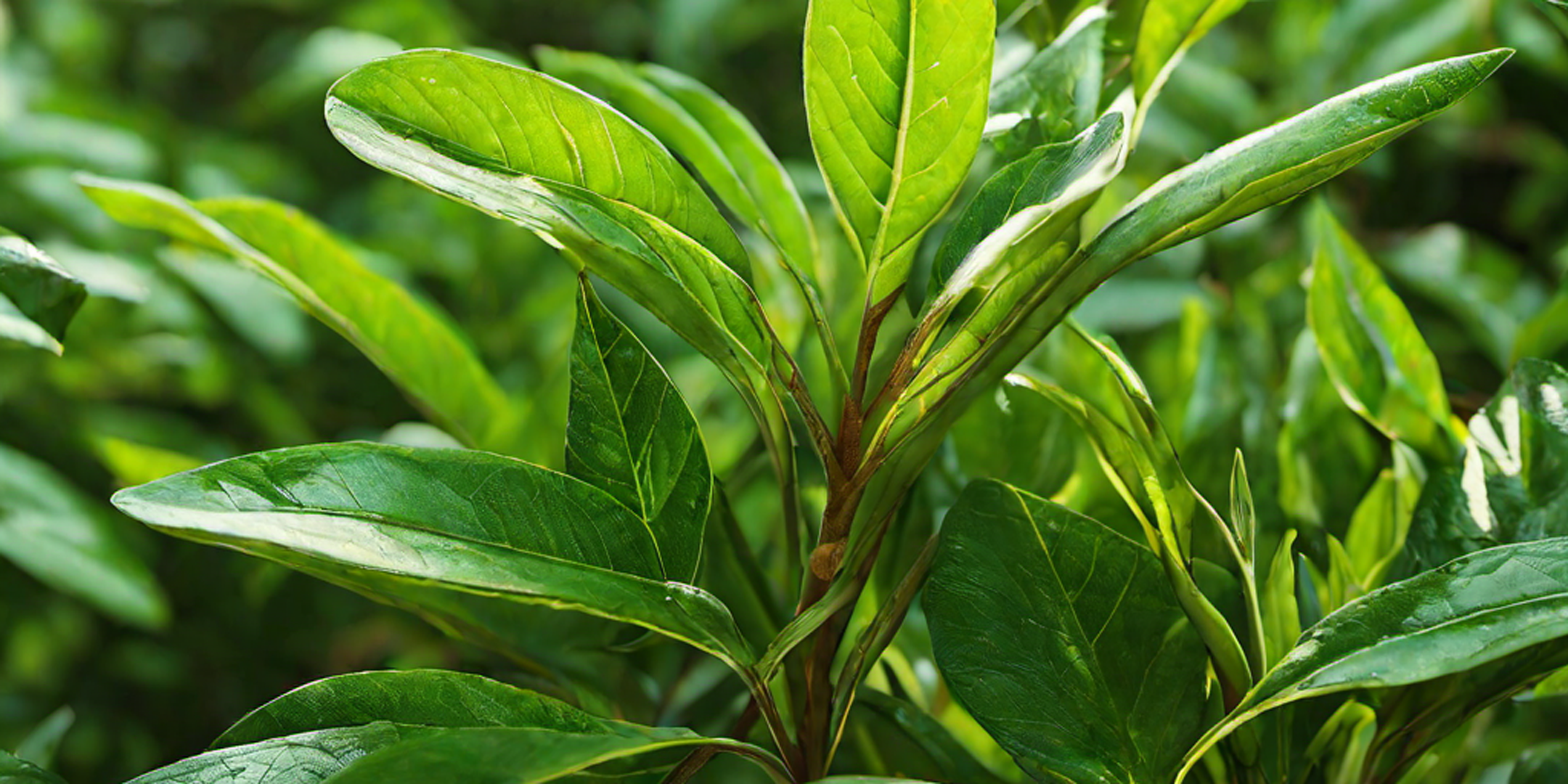1. Introduction
Tea is not just a drink; it is a versatile ingredient that can be used in various culinary applications. While most people are familiar with traditional tea brewing methods, only some are aware of the countless ways tea can enhance the flavor and texture of dishes. From marinades and sauces to desserts and cocktails, tea can elevate and transform the taste of your favorite recipes. In this blog, we will explore the diverse culinary uses of tea and provide you with creative and delicious ways to incorporate it into your cooking repertoire. Get ready to think beyond the cup!
2. Tea as an ingredient: A culinary delight
When it comes to culinary applications, tea can add a depth of flavor and complexity to any dish. Its unique characteristics can enhance both savory and sweet recipes, making it a versatile ingredient in any chef's kitchen.
In savory dishes, tea can be used as a marinade for meats or as a base for flavorful sauces. The tannins in tea can help tenderize and infuse proteins with subtle hints of tea's distinct taste. Imagine marinating chicken in a fragrant jasmine tea or using a rich black tea to create a robust glaze for grilled steak.
For those with a sweet tooth, tea can become the star of dessert recipes. From adding a floral note to cookies and cakes to infusing cream for ice cream or custards, the possibilities are endless. Picture a velvety matcha tiramisu or a delicate Earl Grey-infused crème brûlée.
Tea can even shine in your favorite cocktails. A dash of tea can add complexity and sophistication to classic mixed drinks. Think of a refreshing iced tea mojito or a smoky lapsang souchong old-fashioned.
In the next section, we will dive deeper into the specific culinary uses of tea and explore some unique and delicious recipes that utilize this incredible ingredient. Get ready to elevate your culinary creations with the power of tea!
3. The versatility of tea in cooking
Tea's versatility in cooking knows no bounds. Not only can it enhance a wide range of flavors, but it can also be used in various cooking techniques. From infusion to reduction, tea can be incorporated into your dishes in unique and unexpected ways.
One popular technique is tea infusion. By steeping tea leaves in a liquid, such as oil or water, you can infuse the flavors of the tea into the base ingredient. For example, try infusing olive oil with chamomile tea for a subtle floral flavor that can be drizzled over salads or roasted vegetables.
Tea reduction is another fantastic way to intensify its flavors. By simmering brewed tea, you can reduce it to create a concentrated flavor base for sauces, syrups, or glazes. For instance, reduce a fruity hibiscus tea to make a tangy and vibrant sauce for grilled fish or drizzle a green tea reduction over a refreshing fruit salad.
Whether it's using tea in creative marinades, infusing it into desserts, or incorporating it into your favorite cocktails, the possibilities are truly endless. In the upcoming section, we will explore some mouth-watering recipes that showcase the versatility of tea in cooking. Prepare to be inspired by these delicious and unexpected tea-infused culinary creations!
4. Exploring traditional tea-infused recipes
In addition to using tea in creative ways, it's also fascinating to explore traditional recipes that have been infused with tea for centuries. These recipes not only showcase the versatility of tea in cooking but also provide a glimpse into the rich culinary traditions of different cultures.
One classic example is matcha, a vibrant green tea powder that is commonly used in Japanese cuisine. Matcha is not only enjoyed as a beverage but is also used to flavor a variety of dishes, such as matcha ice cream, matcha-flavored sweets, and even savory dishes like matcha soba noodles.
Another traditional tea-infused recipe is chai, a spiced tea blend from India. Chai is typically made by simmering a combination of black tea, spices such as cinnamon, cardamom, cloves, ginger, and milk. This aromatic and flavorful blend is then sweetened with sugar or honey, creating a warm and comforting beverage that is a staple in Indian households.
By exploring these traditional tea-infused recipes, you not only get to experience the wonderful flavors that tea can bring to your dishes but also gain a deeper appreciation for the cultural significance of tea across various regions of the world. So, get ready to expand your culinary horizons as we delve into these delightful and time-honored tea-infused recipes in the next section.
5. Innovating with tea: Modern culinary trends
While traditional tea-infused recipes offer a glimpse into the rich tapestry of tea's culinary uses, it's equally exciting to explore modern culinary trends that push the boundaries of tea in the kitchen. Chefs and food enthusiasts alike have been experimenting with unique and innovative ways to incorporate tea into their dishes, creating exciting flavors and experiences.
One such trend is tea smoking, where tea leaves are used to impart a smoky flavor to various ingredients, including meats, fish, and even vegetables. The tea leaves are placed in a smoking apparatus, and as they heat up, their aromatic compounds infuse into the food, adding a delicate and complex flavor profile.
Tea-infused cocktails have also gained popularity, with mixologists incorporating tea into their drinks to enhance their flavors and add depth. From Earl Grey-infused vodka to green tea mojitos, these tea-based cocktails offer a refreshing twist to traditional drinks and are perfect for any occasion.
Join us in the next section as we delve into these modern culinary trends and discover the endless possibilities of tea beyond the cup. Prepare to be inspired and amazed by the innovative ways in which tea can elevate your dining experience.
6. Tea pairings: Enhancing flavors and experiences
In addition to being an ingredient in cooking and cocktails, tea can also be a powerful tool in enhancing the flavors and experiences of a meal. Tea pairings have become increasingly popular among food enthusiasts and restaurants, as they offer a unique way to elevate the dining experience.
Just as wine pairing is known to enhance the flavors of a dish, tea pairing follows a similar principle. Each type of tea has its own distinct flavor profile, ranging from floral and grassy to earthy and bold. By carefully selecting the right tea to complement a dish, you can create a harmonious and well-balanced combination of flavors.
For example, a light and delicate white tea can be paired with seafood or light salads, enhancing their natural flavors. On the other hand, a robust black tea may be the perfect accompaniment to rich and hearty dishes like red meat or chocolate desserts, as its robust flavors can complement the intensity of these foods.
In the next section, we will dive deeper into the art of tea pairing, exploring different combinations and offering tips to help you create memorable and enjoyable culinary experiences. Stay tuned for an exploration of the endless possibilities that tea brings to the table.
7. Conclusion: Expanding the horizons of tea in the culinary world
While tea has long been enjoyed as a comforting and refreshing beverage, its potential in the culinary world is often overlooked. In this blog series, we have explored the various ways in which tea can be used beyond the cup to enhance the flavors and experiences of a meal.
Tea pairing, in particular, has emerged as a popular trend among food enthusiasts and restaurants. By carefully selecting the right tea to complement a dish, you can create a harmonious and well-balanced combination of flavors. From light and delicate white teas to robust black teas, the possibilities for tea pairings are endless.
In the next section, we will delve deeper into the art of tea pairing, offering tips and recommendations on how to create memorable and enjoyable culinary experiences. Whether you are hosting a dinner party or simply looking to elevate your everyday meals, tea can be a valuable tool in your culinary repertoire. Stay tuned for an exploration of the endless possibilities that tea brings to the table.




